Flavor characteristics of Yejia Coffee beans introduction to the method of Variety treatment in the production area of Grinding scale
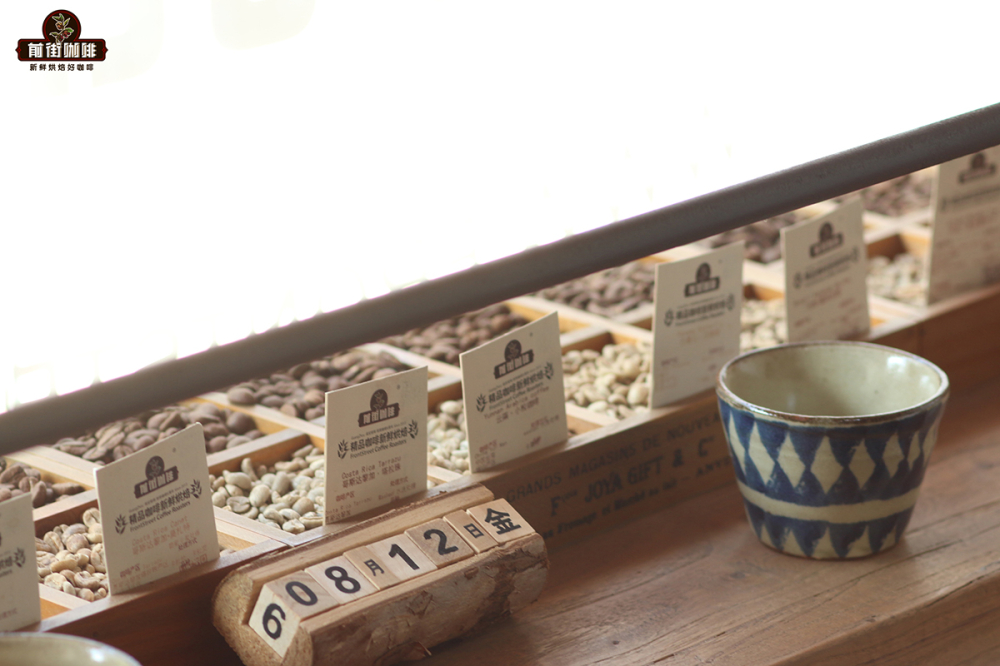
Many novice friends ask Qianjie, because it is the boutique coffee that has just come into contact with, so I hope Qianjie recommends some beans to practice. Yega Xuefei's coffee beans are usually recommended on the front street.
What is Yega Xuefei?
"Yirgacheffe" is a small town in Ethiopia. In China, it is generally translated as "Yega Xuefei", and in some places it is translated as "Yejasuefe". Here, at an altitude of 1700 to 2100 meters, can be said to be synonymous with Ethiopian boutique coffee. It has been a wetland since ancient times. In the ancient saying, "yirga" means "settle down", and "cheffe" means "wetland". Therefore, Yega Xuefei means "settle down in this wetland".
At first, Yegashafi was a by-product area of Ethiopia's Sidamo province, northwest of Sidamo, and was one of the highest coffee-producing areas in Ethiopia. Because the mode of production and flavor here are so outstanding, Ethiopian coffee farmers compete to take pride in the flavor of their coffee, so they are independent from the Sidamo region to become the most famous producing area in Africa. There will be more and more flavor-oriented and independent production areas in the future.
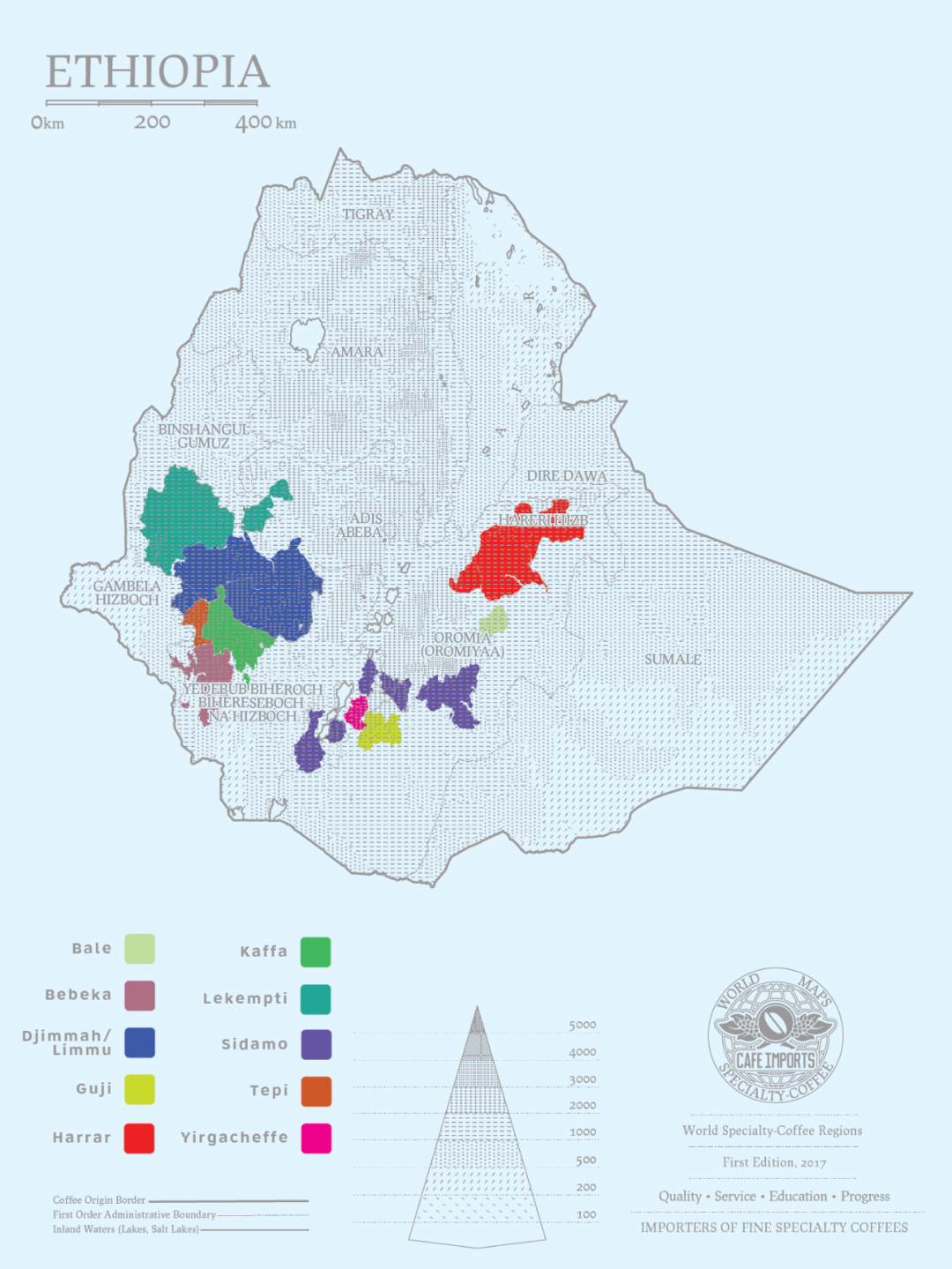
Subsequently, Ethiopia changed the division of administrative areas around 1995, and the greatest impact on the coffee area was that the original Sidamo was divided into the new Sidamo (the original minority), and most of it was classified into the state of Oromia (Oromia), and Yegashafi, which originally belonged to the province of Sidamo, is now classified into the new Gedeo.
Now there will be a mixture of new and old regional names in the Ethiopian coffee items in circulation on the market, and here we take the new regional division as the benchmark.
Most of Yega Xuefei's coffee cultivation belongs to the pastoral coffee model, in which coffee farmers plant coffee trees near their living areas and harvest them during the harvest season. it is then sent to a nearby treatment plant built on water for unified treatment (or purchased by a middleman).
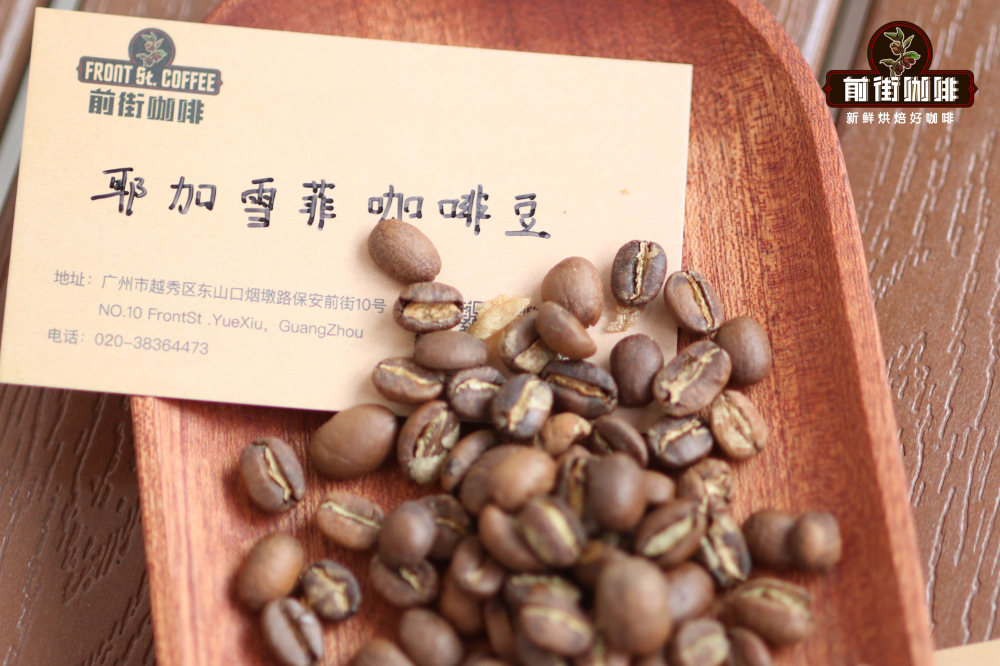
In addition to a small number of plantations that have the strength to grow, pick and handle raw coffee beans independently, many coffee beans from different regions and varieties will be centrally processed by the processing plant and then sent to the auction house for official evaluation and grading.
This is also the reason why many Yejasuefi coffee beans are named after processing plants or cooperatives. For example, Yega Xuefei Fruit Tintin comes from the Guoding Co-operative.
Ye Jia Xuefei Fruit Tintin Coffee beans
The Guotingding Cooperative originally belonged to the Waka Cooperative, but was later found by international coffee hunters to Guotingding Village, where the coffee produced here was found to have excellent jasmine aroma and citrus acid, so it separately signed a bean purchase contract with the Guodingding Cooperative. In 2012, 300 coffee farmers who originally belonged to the Waka Cooperative separated and set up the Guotingding Cooperative to make their own fair trade with foreign countries.
The Goudingding Cooperative has both sun-treated and washed coffee beans, while Qianjie buys a washed version of the coffee beans. Because Qianjie believes that the washed coffee beans can best reflect the excellent floral and citrus notes of Yega Xuefei.
Qianjie Coffee Ethiopia Yega Sheffield Tintin
Origin: Yega Xuefei Guoding Cooperative
Altitude: 2000-2100 m
Variety: native species
Treatment method: washing treatment
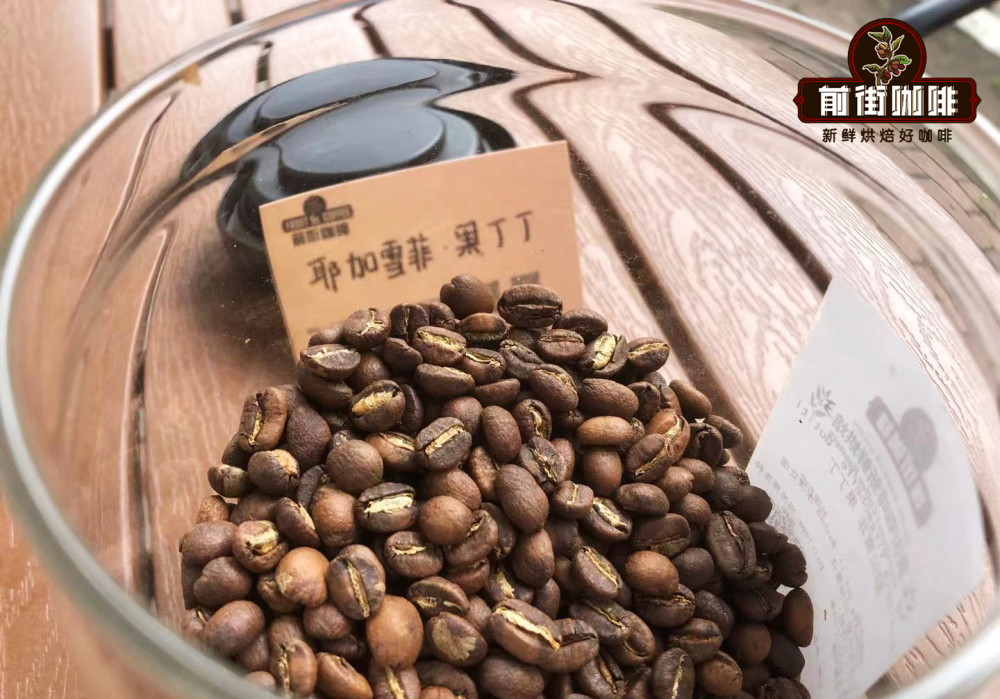
Washing treatment of Fruit Ding Ding
In Ethiopia, it is impossible to wash a single coffee farmer because of the need for expensive washing equipment and venues. Therefore, if you want to carry out washing treatment in Ethiopia, it must be to set up a washing treatment plant, so washing treatment is a very expensive treatment in Ethiopia, and the quality of the treatment is also very high.
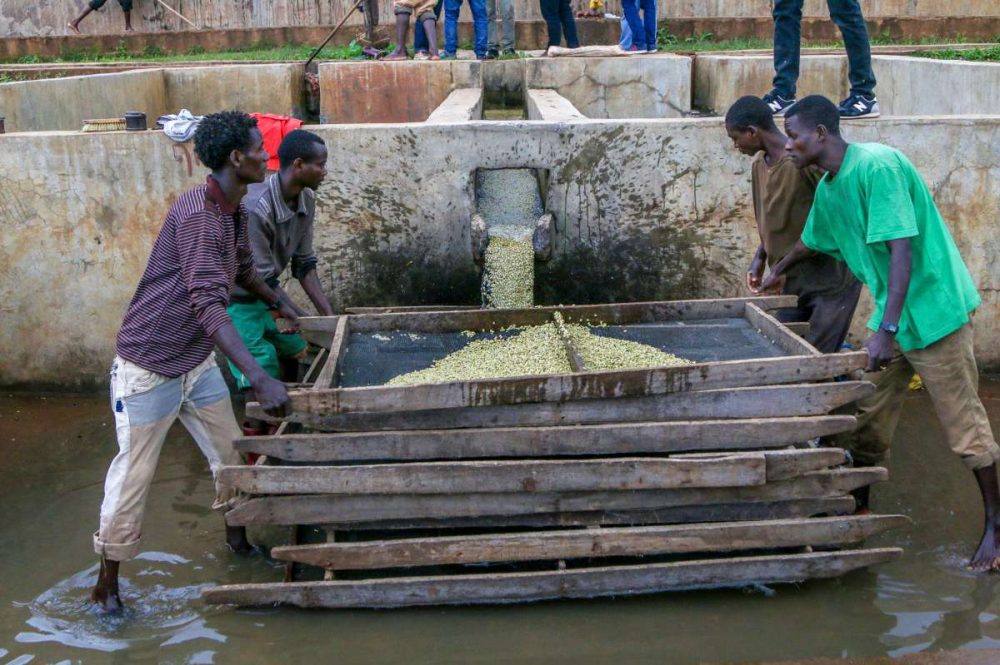
Since its establishment, the Guodingding Cooperative has its own processing plant, which can handle its own coffee beans independently. First use a peeling machine to remove the peel and pulp of the coffee beans, then soak the coffee beans in the fermentation tank for 24 hours, then drain the pectin attached to the surface of the coffee beans, and then dry the coffee beans until dried for about 2-3 weeks.

Suggestion on coffee baking in Qianjie
In order to show the floral aroma and citrus tone of Yega Chuefei fruit, shallow baking is used in the front street.
Yang Jiafei horse 800N semi-direct roaster is used in the front street, the amount of beans is 500g, the furnace temperature is 200 degrees Celsius into the pot, the throttle is opened 3, the firepower is 160C, the throttle is unchanged, the temperature of the throttle is adjusted to 3.5at 151, and the firepower is adjusted to 180at 140℃, the throttle remains unchanged; at this time, the bean surface turns yellow, the smell of grass disappears completely, and enters the dehydration stage.
The smell of toasted bread has obviously changed to the smell of coffee, which can be defined as a prelude to an explosion. At this time, it is necessary to listen carefully to the sound of the explosion point. The sound of the explosion point starts to explode, the firepower remains unchanged at 180, the throttle is adjusted to 4, and the smell of the toast is obviously changed to coffee, which is put into the pot at 195 degrees.
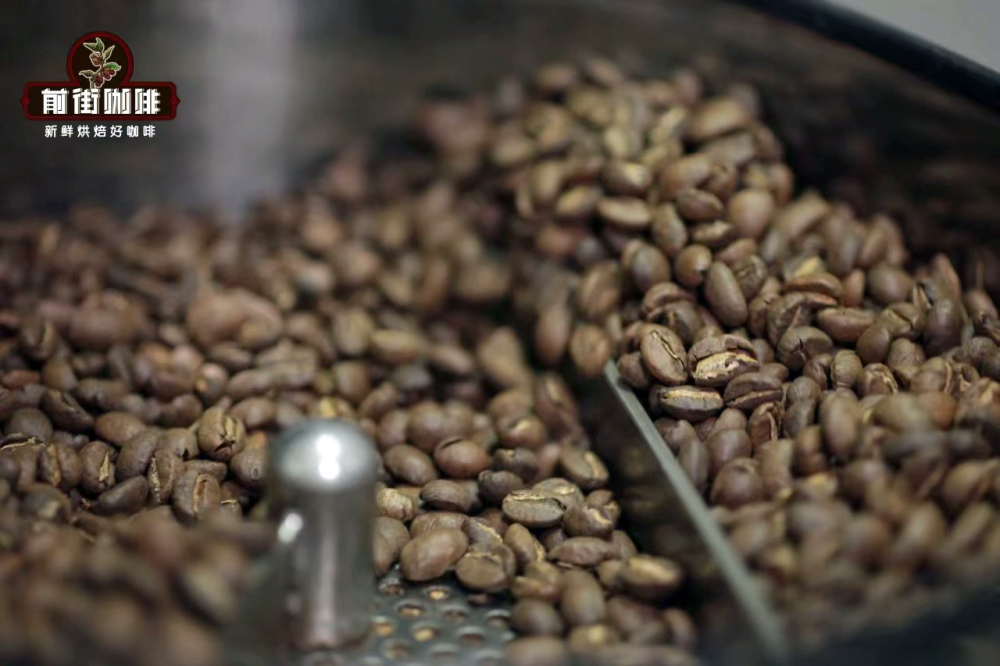
Suggestion on making coffee in front of the street
If you want to maximize the rich flavor of coffee, Qianjie recommends using freshly roasted coffee beans for brewing. The coffee beans shipped in Qianjie are all roasted within 5 days, because Qianjie is well aware that the freshness of coffee beans has a great impact on the flavor. The purpose of Qianjie roasting is "freshly roasted coffee", so that every guest who places an order is the freshest coffee when he receives it. The bean cultivation period of coffee is about 4-7 days, so when the guest gets it, it is the time when the flavor is the best.
Qianjie Coffee will choose v60 filter cup when brewing this coffee bean, in order to increase the sense of layering, when brewing one person, choose 15g coffee beans, powder-water ratio is 1:15, that is, 225g water. The water temperature is 90 degrees Celsius, the grinding degree is medium thickness, and the pass rate of 0.85mm standard screen is 80%.
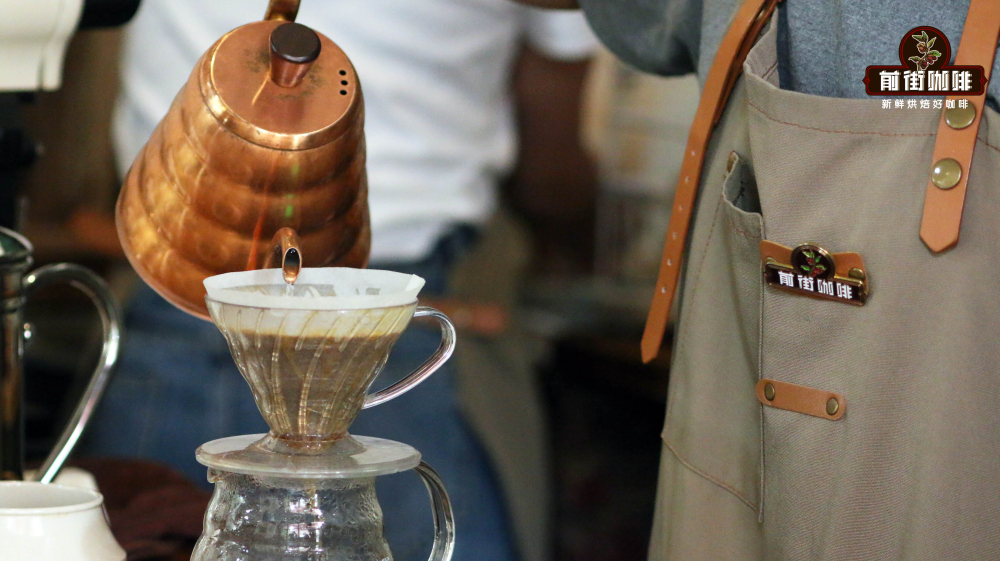
In the first stage, 30 grams of water is injected for steaming for 30 seconds in order to emit the right amount of carbon dioxide. The amount of water injected into the second stage is 125 grams, and the third stage of water is injected when the coffee liquid drops to half. finally, the amount of water is injected to 225 grams, the extraction time is 2 minutes, and the filter cup can be removed to end the extraction as soon as 2 minutes arrive.
This Yega Cafe Fruit Ding Coffee has obvious citrus flavors, yellow fruit and smooth taste, with floral and tea aromas in the middle.
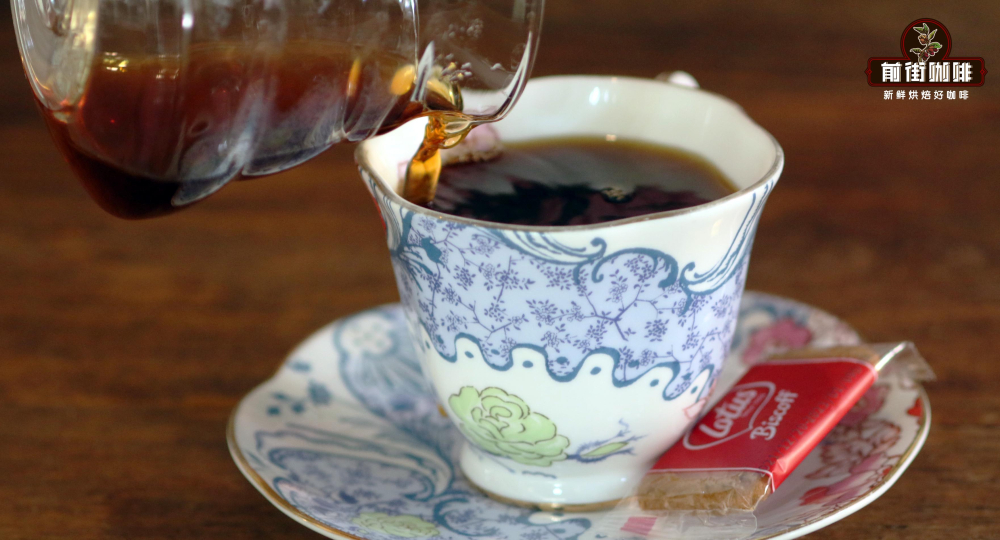
Professional coffee knowledge exchange more coffee bean information please follow the coffee workshop (Wechat official account cafe_style) more boutique coffee beans please add private Wechat Qianjie coffee, WeChat: qjcoffeex
Important Notice :
前街咖啡 FrontStreet Coffee has moved to new addredd:
FrontStreet Coffee Address: 315,Donghua East Road,GuangZhou
Tel:020 38364473
- Prev
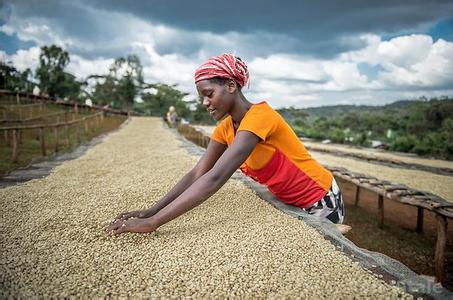
How does Costa Rican coffee taste? flavor description taste grinding scale variety manor introduction
How does Costa Rican coffee taste? taste description grinding scale variety manor introduces other kinds of Brazilian coffee, such as Rio, Parana, etc., which can be produced in large quantities because they do not need too much care, although the taste is relatively rough. however, it is a kind of high-quality and inexpensive coffee, which has its own standard because it is distributed all over the country and its solid quality varies.
- Next
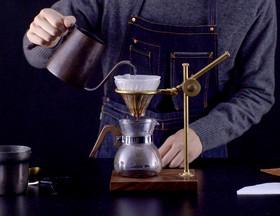
Flavor description of coffee beans in Honor Manor in El Salvador introduction of varieties produced by grinding scale
El Salvador Glory Manor Coffee Flavor description Grinding scale production area varieties of Salvadoran coffee along with Mexico and Guatemala are listed as the producers of Asa and Merdo, and are fighting for the top one or two in China and the United States with other countries. The highlands of origin are large coffee beans of all sizes, which are fragrant and mild in taste. Like Guatemala and Costa Rica, sa
Related
- Detailed explanation of Jadeite planting Land in Panamanian Jadeite Manor introduction to the grading system of Jadeite competitive bidding, Red bid, Green bid and Rose Summer
- Story of Coffee planting in Brenka region of Costa Rica Stonehenge Manor anaerobic heavy honey treatment of flavor mouth
- What's on the barrel of Blue Mountain Coffee beans?
- Can American coffee also pull flowers? How to use hot American style to pull out a good-looking pattern?
- Can you make a cold extract with coffee beans? What is the right proportion for cold-extracted coffee formula?
- Indonesian PWN Gold Mandrine Coffee Origin Features Flavor How to Chong? Mandolin coffee is American.
- A brief introduction to the flavor characteristics of Brazilian yellow bourbon coffee beans
- What is the effect of different water quality on the flavor of cold-extracted coffee? What kind of water is best for brewing coffee?
- Why do you think of Rose Summer whenever you mention Panamanian coffee?
- Introduction to the characteristics of authentic blue mountain coffee bean producing areas? What is the CIB Coffee Authority in Jamaica?

